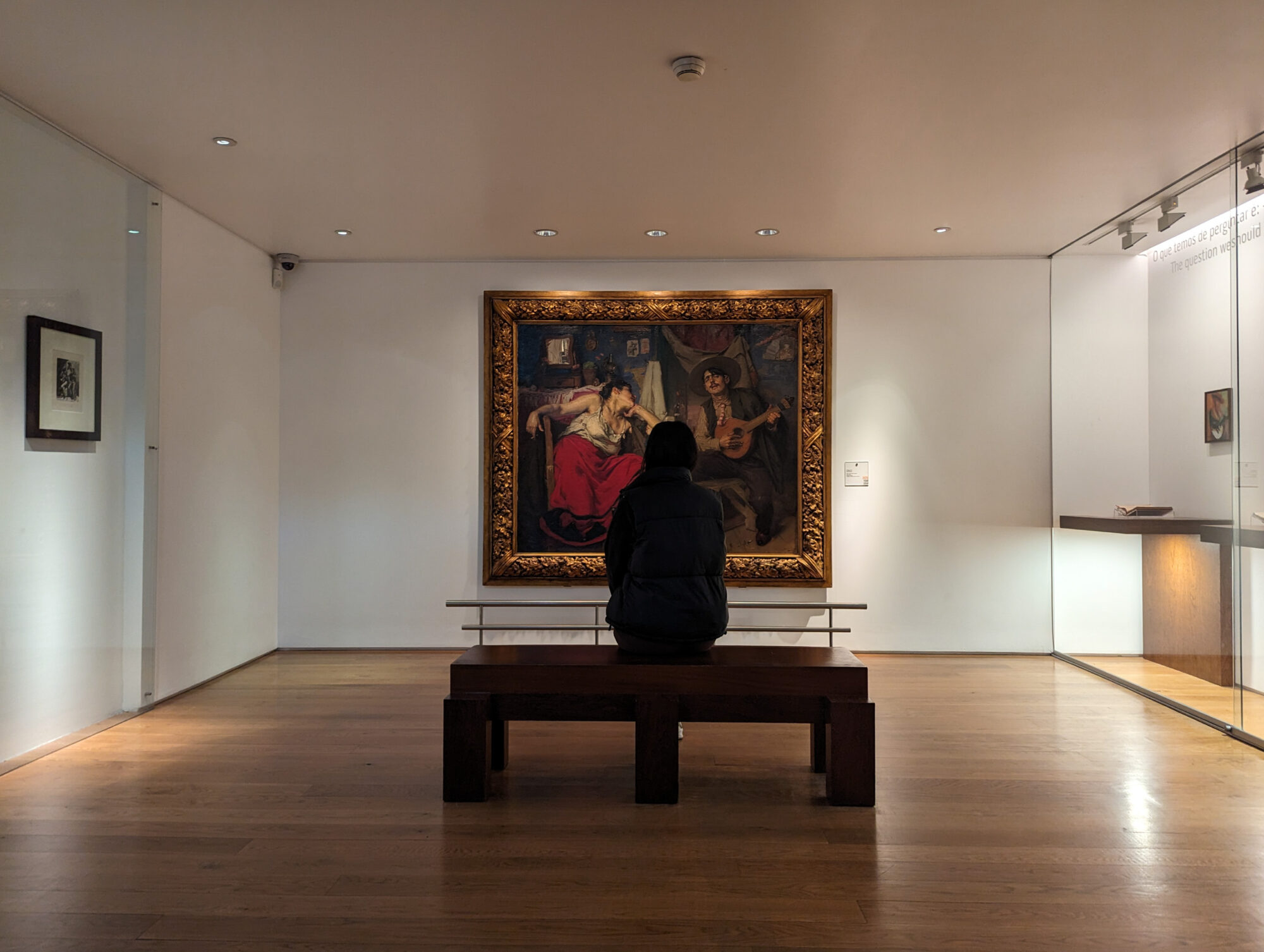Check Prices for Hotels in Lisbon | Check Fado Concert Prices
When we stayed in Lisbon, we were lucky enough to stay in the Alfama region, which was home to the fado movement in the second half of the 19th century – given this, of course, we explored the area’s musical history. Fado houses were plentiful in the area, and it was also home to the Fado museum (which is probably one of my favourite museums visited).
With that as a base, we were off to learn more about and experience the beautiful music of Fado.
A Brief History of Fado
We learned from our visit to the Fado Museum, that Fado was born out of a period of political and cultural turmoil. Fado was often used to sing about hardships, troubles, and transgressions, and was immediately taken root in the Alfama and Mouraria regions, given its more working-class population of sailors and immigrants.
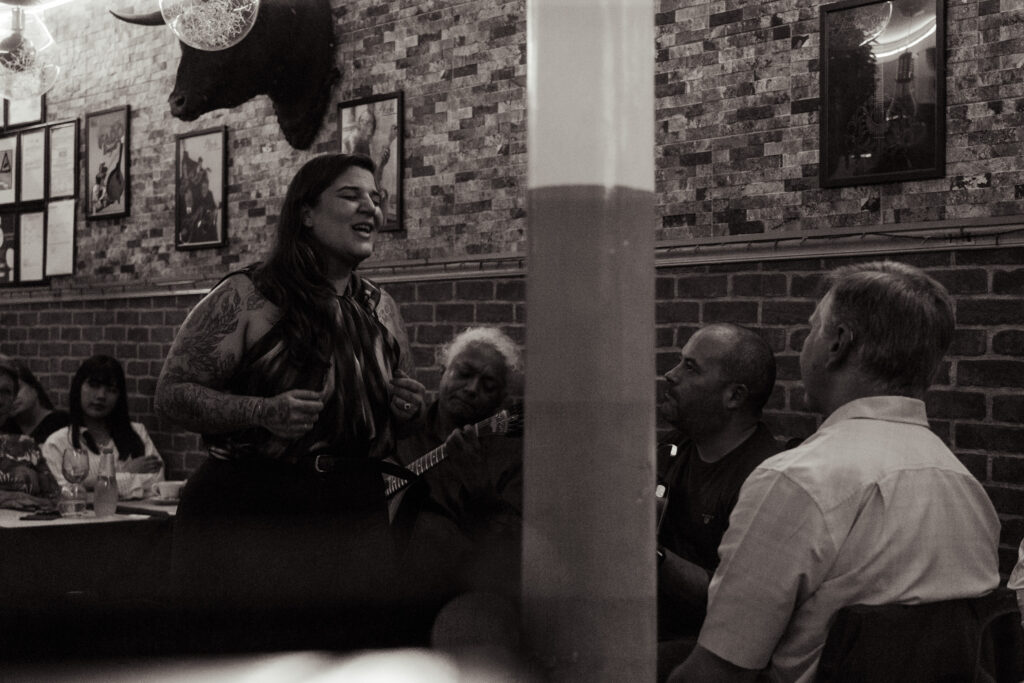
Because of this, Fado’s lyrics were often critical of the government and consisted of social commentary that was deemed to be subversive. The Salazar regime eventually monitored the lyrics in the 1930s, and all fado musicians either needed to be licensed (with their lyrics read and approved prior to singing) or banned altogether. This was relaxed after the Salazar regime ended in the late 1960s, but it didn’t stop artists such as Amelia Rodigues from growing in popularity.
Notable Artists
From our brief time with Fado, we listened to a few of the most popular artists in the past 50+ years. I’d recommend exploring the below, for an introduction to some of the best in Fado.
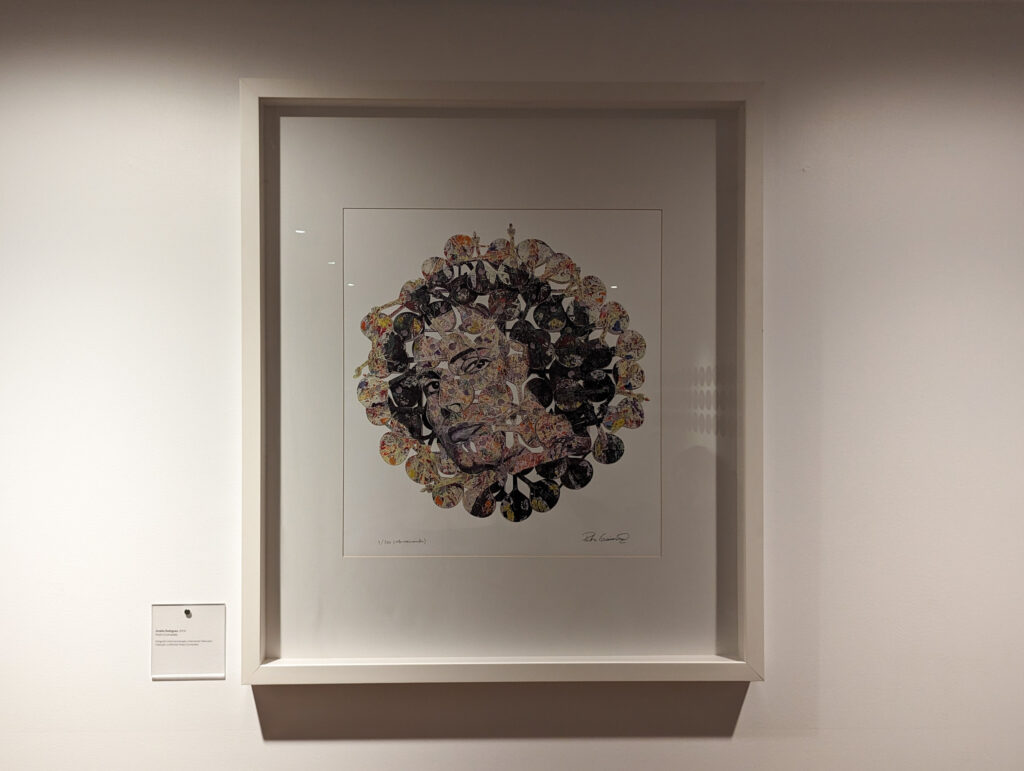
- Amelia Rodrigues (the Queen of Fado)
- Celeste Rodrigues (Amelia’s sister)
- Carlos do Carmo
- Ana Moura
- Camané
Notable Places in Lisbon for Fado
If you’re curious to explore notable locations in Lisbon for Fado, or to experience a Fado concert, or Fado House dinner experience, I’d recommend the following:
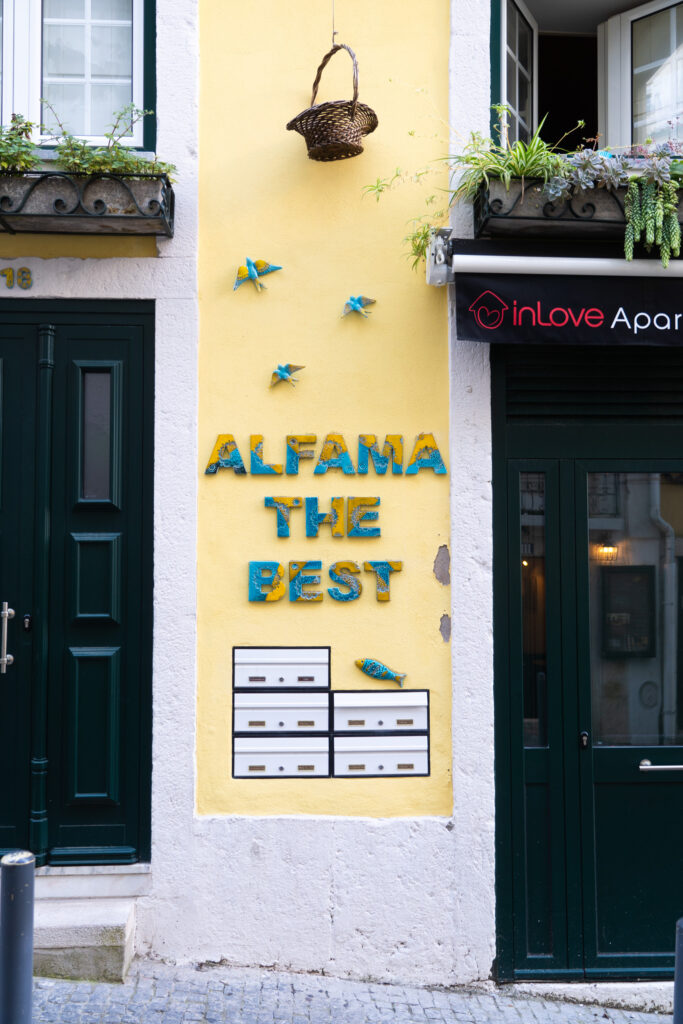
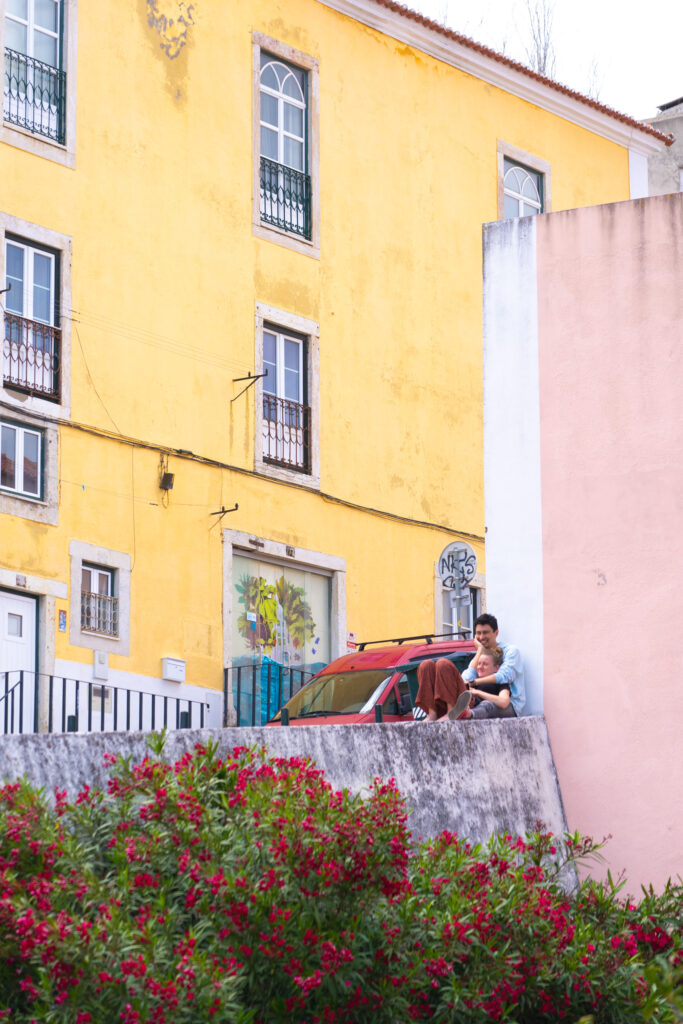
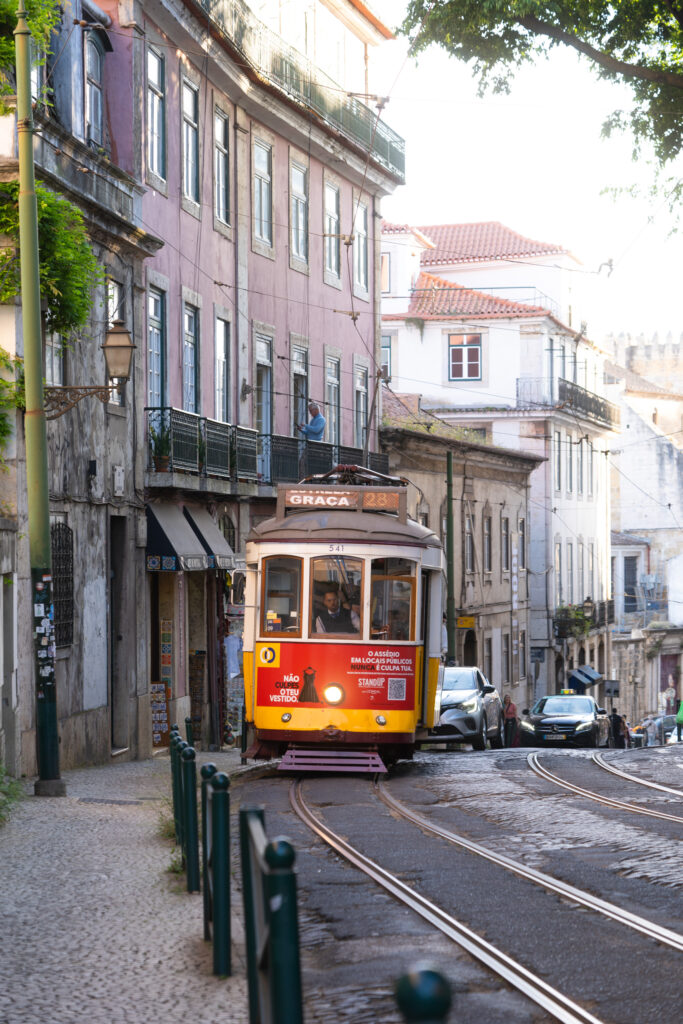
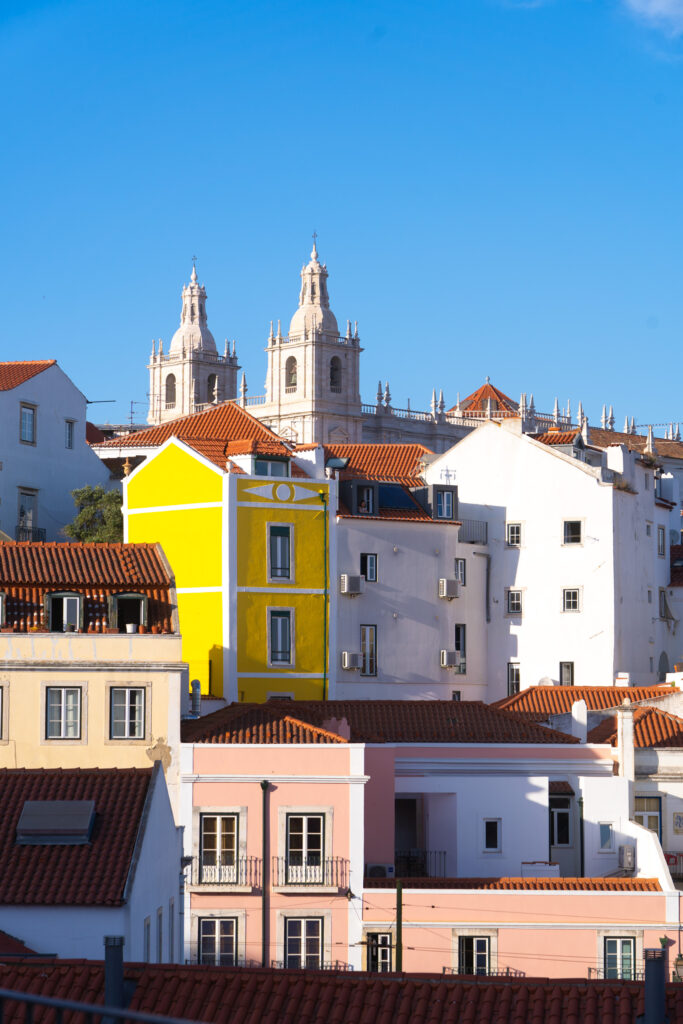
- Alfama district (Sr Fado, O Corrido – Casa de Fado, Fado Museum)
- Mouraria district (Maria da Mouraria – Casa de Fados)
- Lisboa em Fado (Fado concert hall – check ticket prices)
Fado Museum
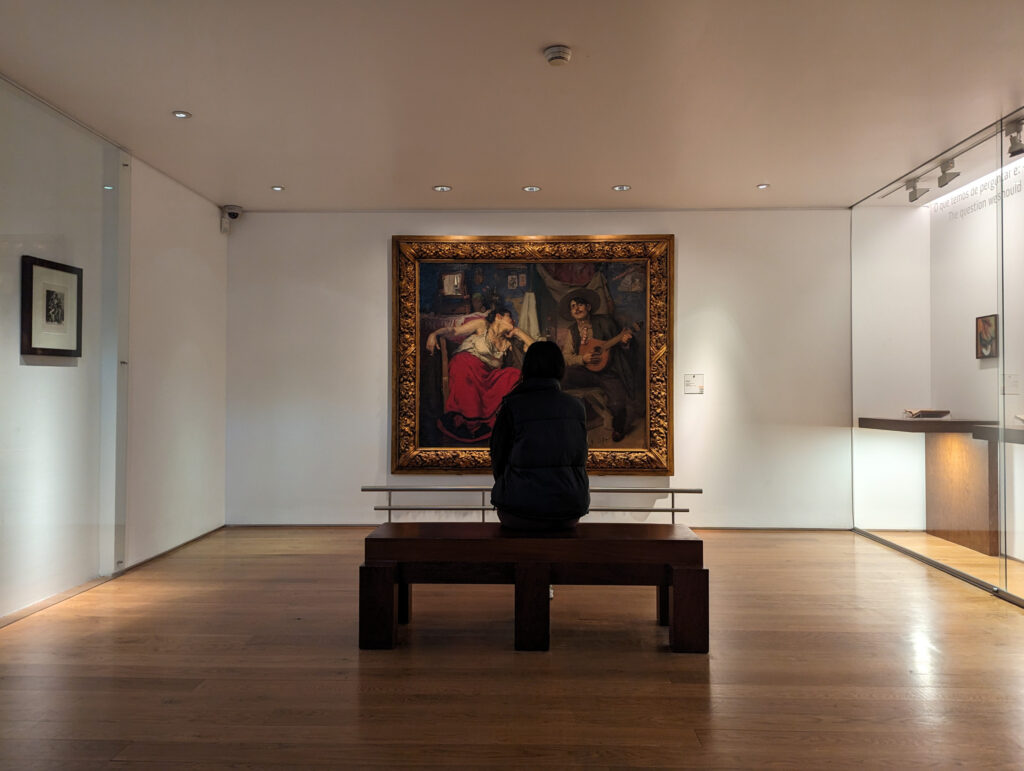
An excellent way to start a Fado experience is to learn firsthand from the Fado Museum in Lisbon. Located in the Alfama region, near the train station, the Fado Museum offers a wealth of information on the history of Fado. Some notable highlights were the O Fado (Jose Malhoa) art display, the banned lyric wall, the scale model Fado House, the wall of Fado movies, a Fado listening room, and a temporary exhibit of Celeste Rodrigues on the lower floor (with her outfits on display as well).
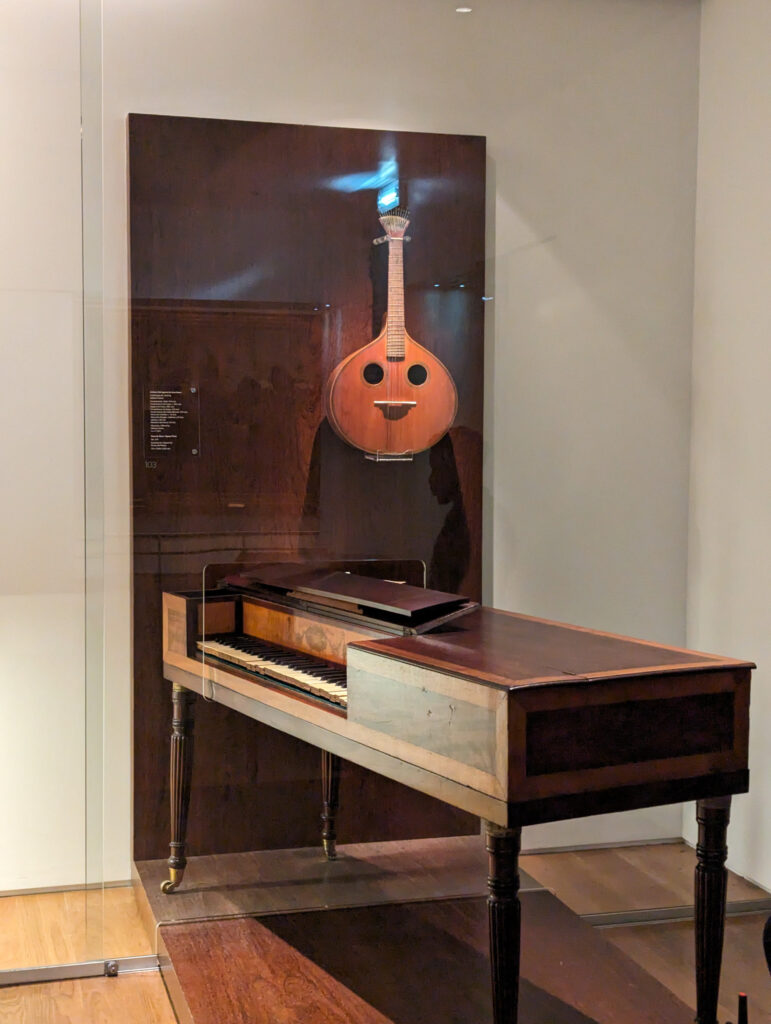
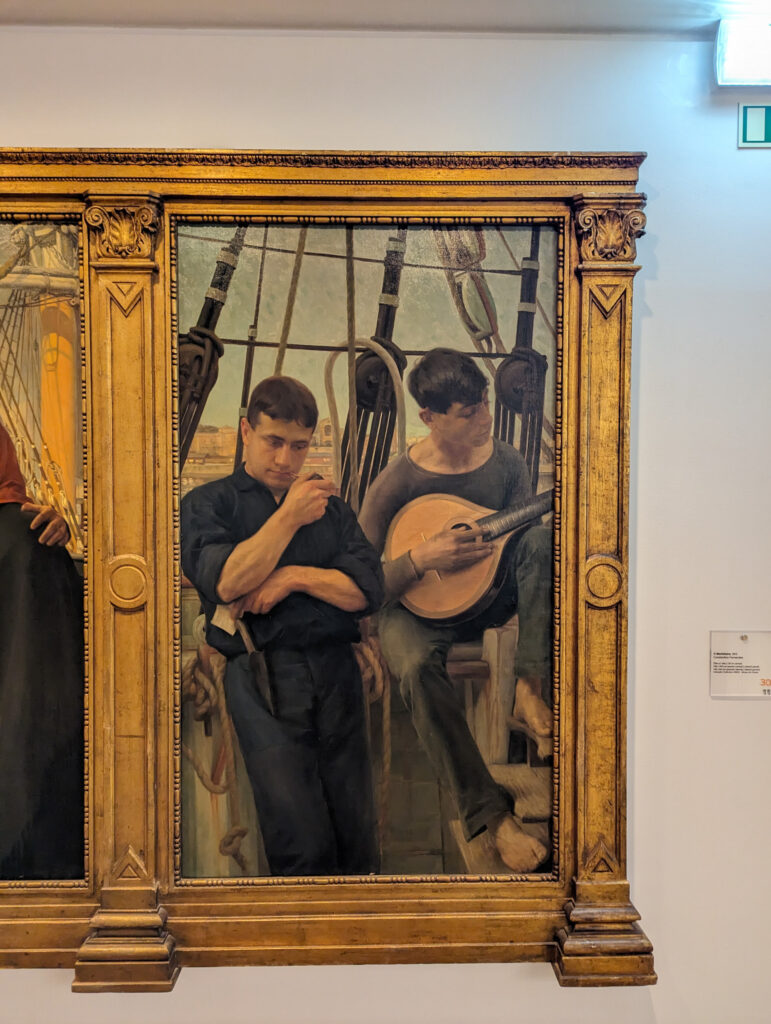
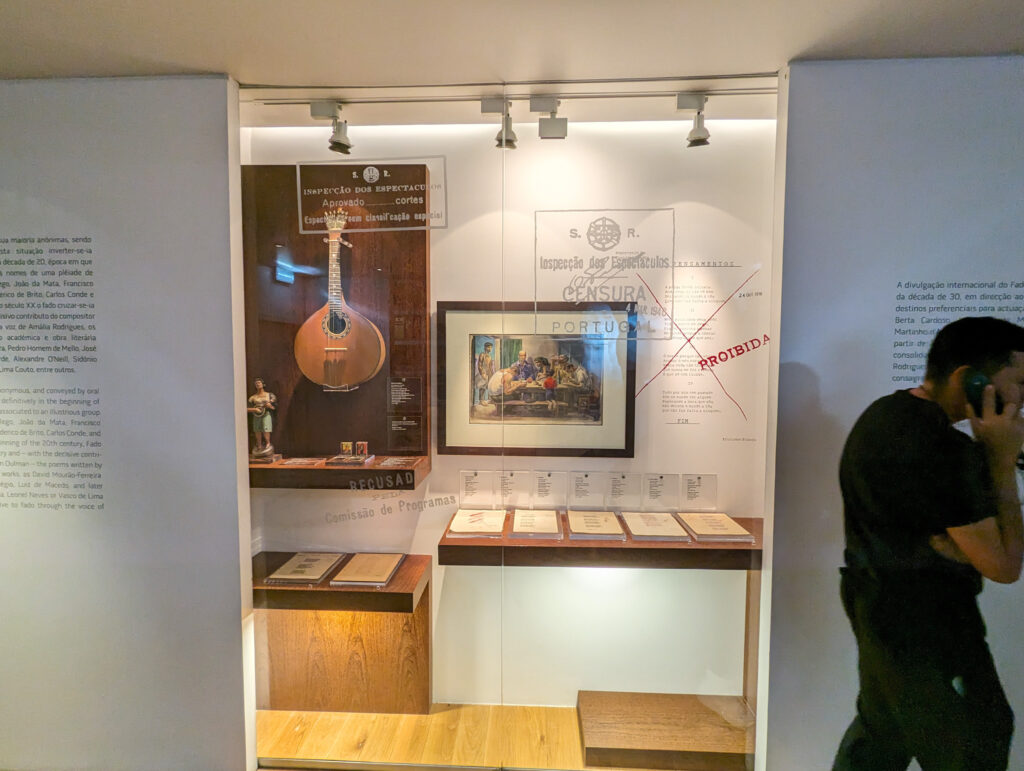
This was one of my favourite museums, as it began to enrich any and all Fado listened to afterwards. Entry is only 5 euros, so it’s a must-visit.
Fado House Review (Sr. Fado in Alfama)
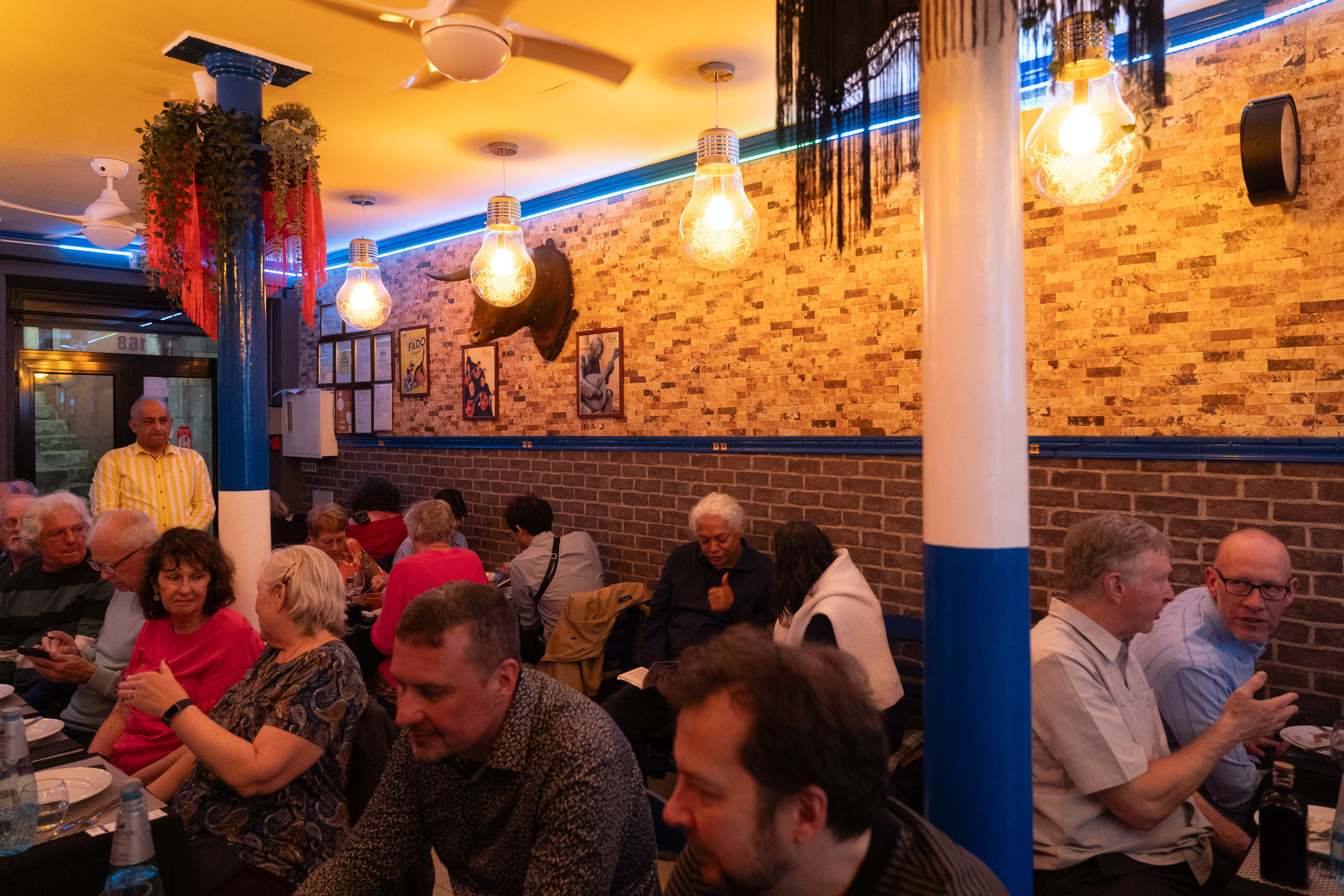
We closed off our Fado day with a visit to Sr. Fado in the Alfama district. Pre-booking any Fado House is highly recommended, as these experiences are intimate (~10 tables per restaurant), and the dinner and show often last ~3-4 hours.
We had the following meal set:
- Charaturie platter to start
- House red/white
- Selection of seafood or pork stew
- Dessert and fruits
- Dessert alcohol, coffee
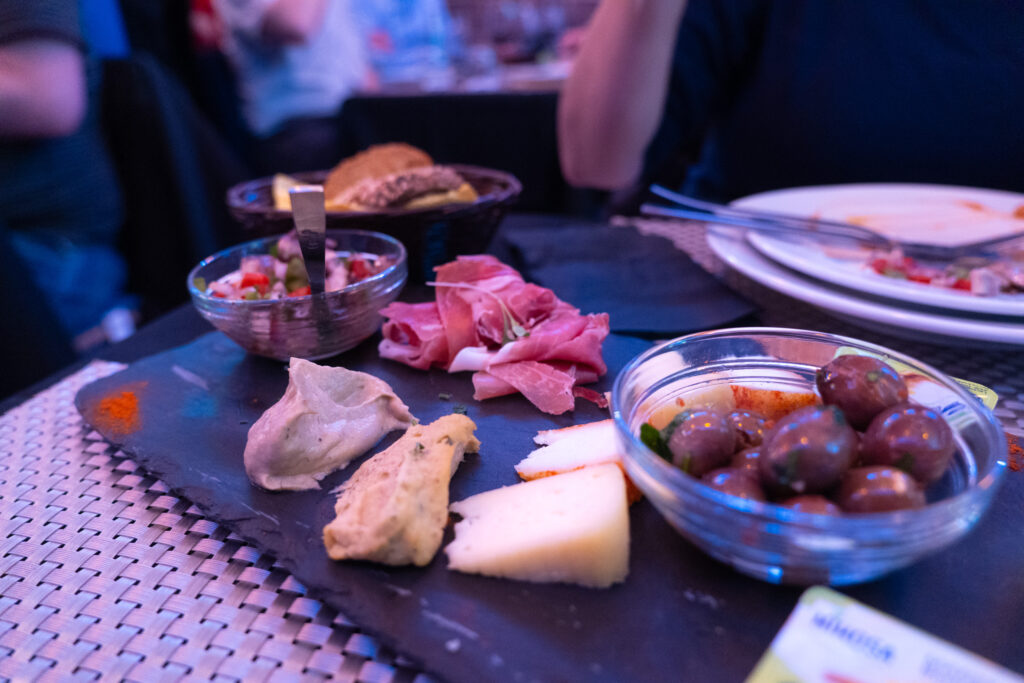
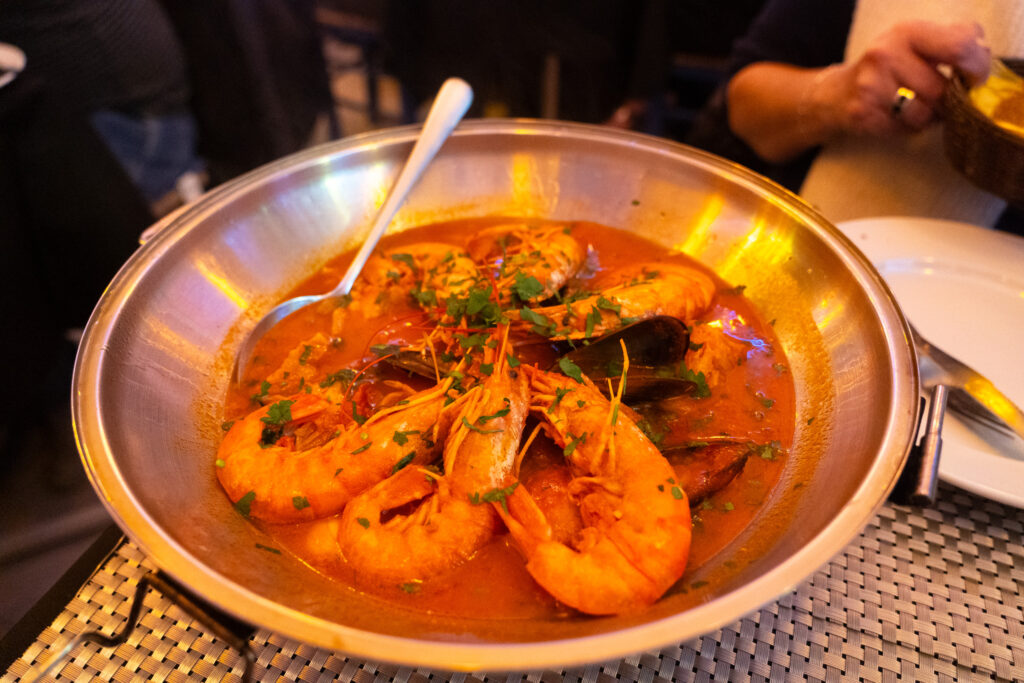
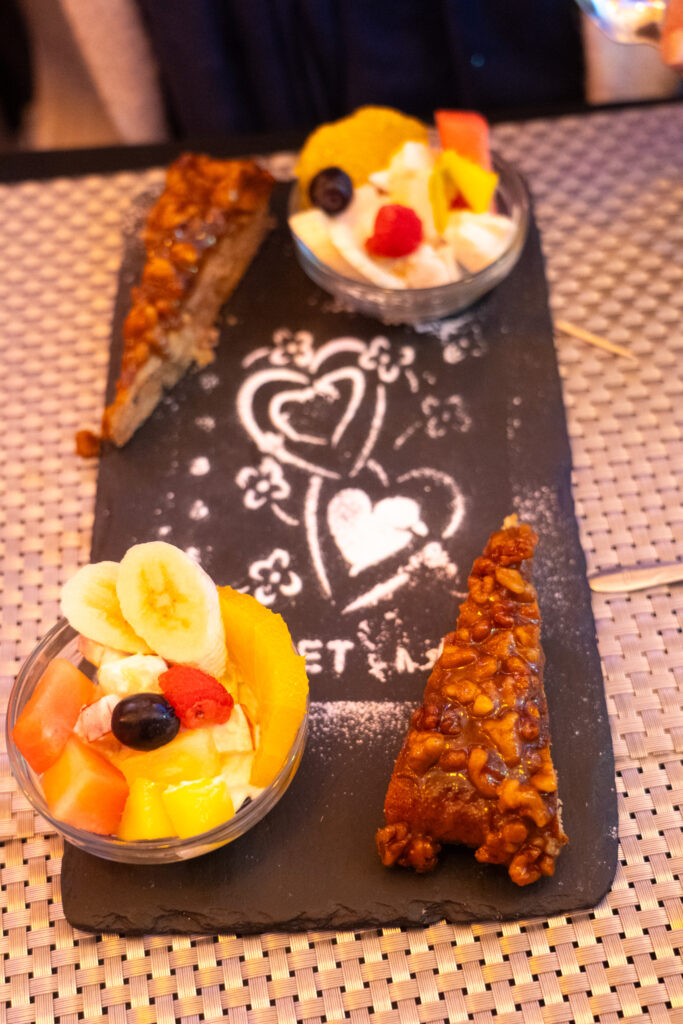
The total cost per person was Є55, which includes the drinks, food, and Fado music. It was a tremendously memorable experience, and I’d also recommend Sr. Fado to anyone looking to experience Fado over a delicious dinner.
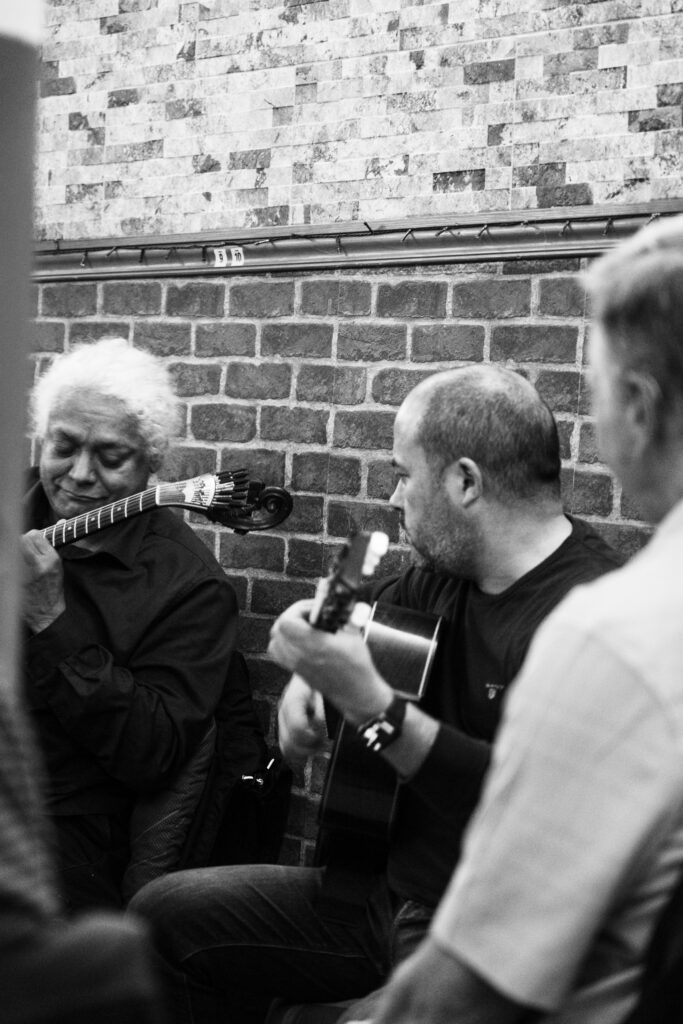
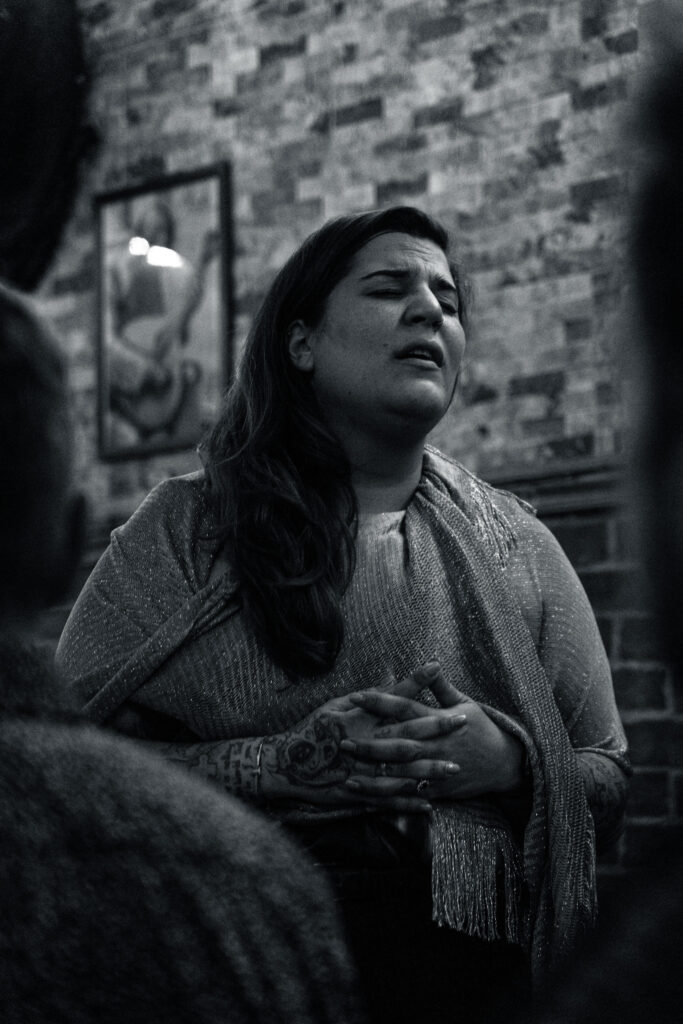
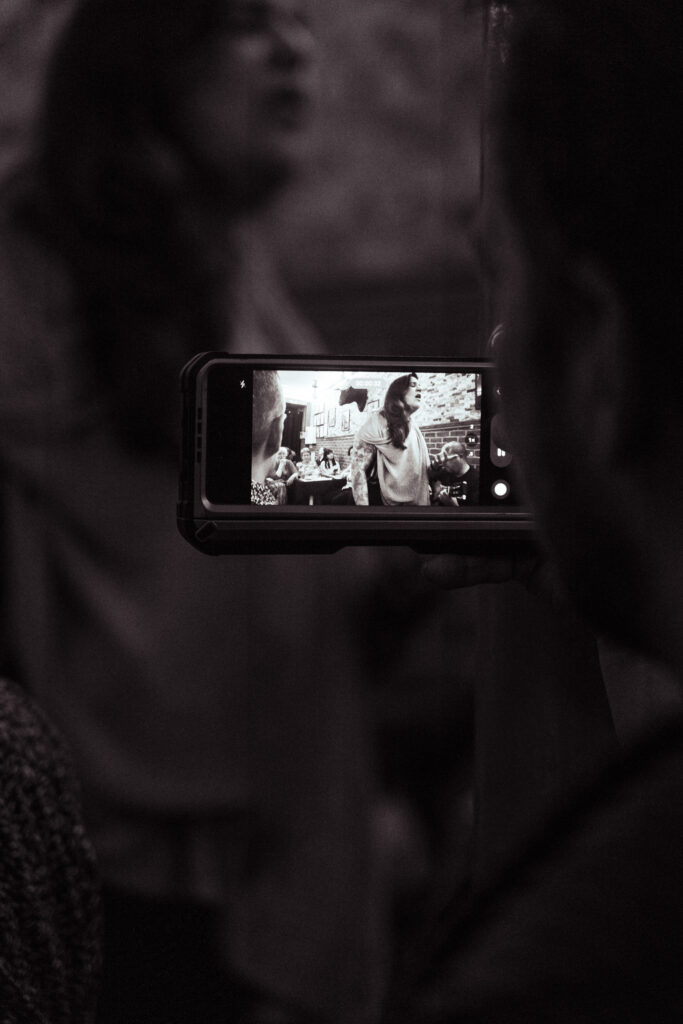
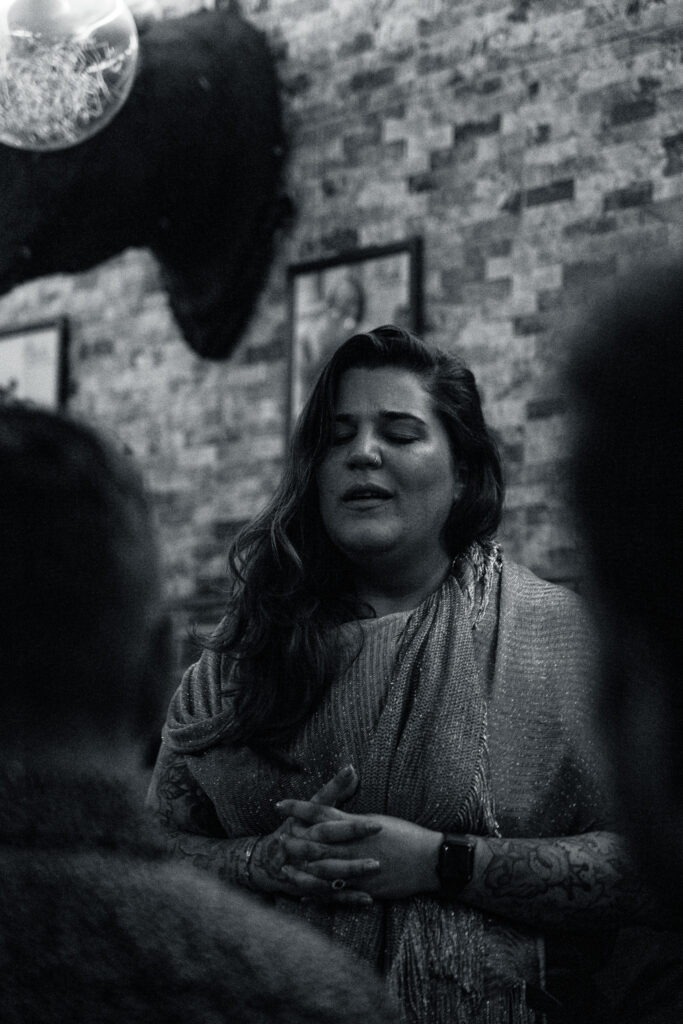
Check Prices for Hotels in Lisbon | Check Fado Concert Prices
Thanks for Reading!

My name is Alex Lau, and I’m a travel blogger and photographer. I’ve worked in the automotive digital marketing business for 6+ years before I decided to uproot and explore this little blue marble we find ourselves on, meeting new people, telling their stories, and discovering new places.
Follow me on Instagram | Contact me for partnerships
